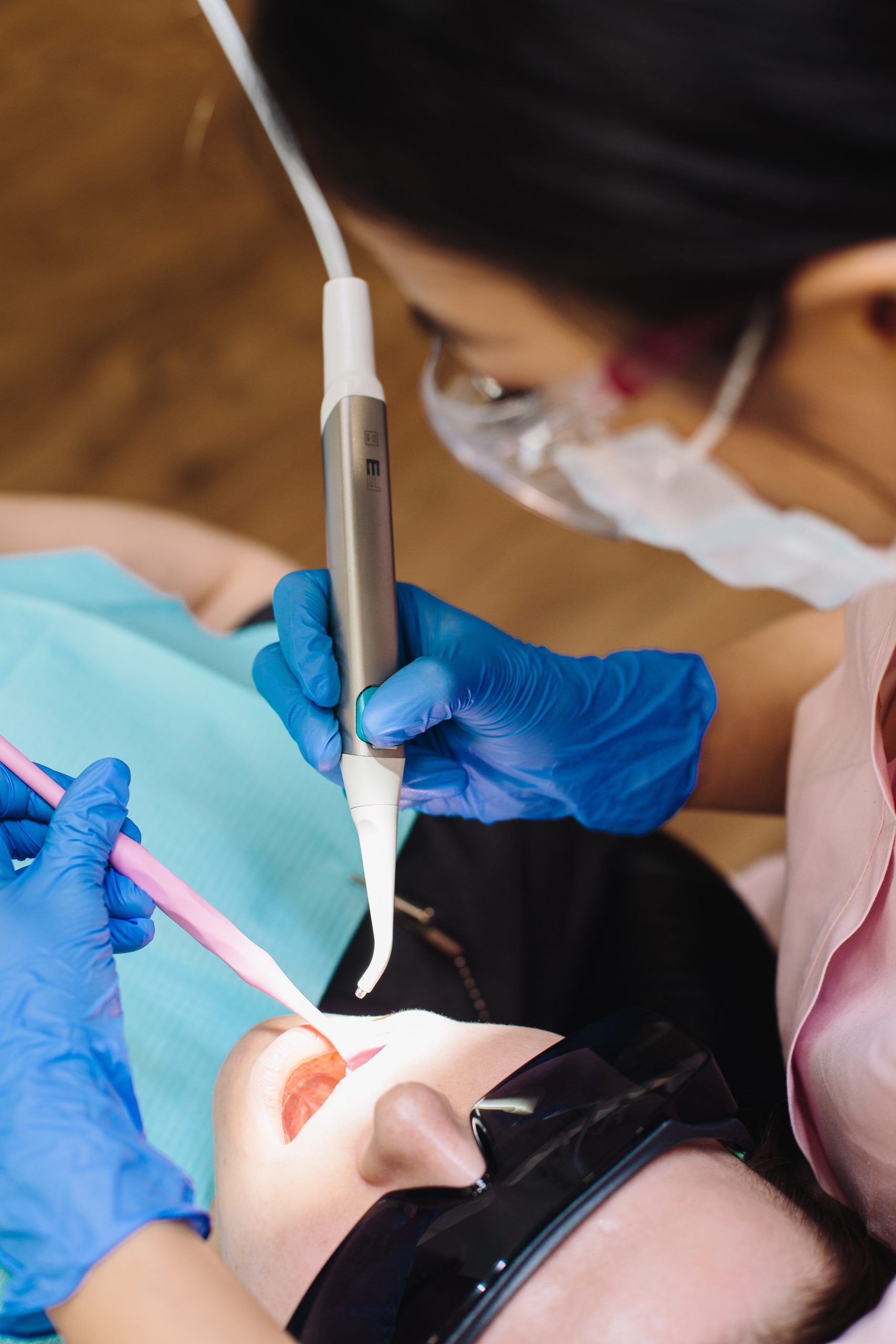Oral surgery, an intricate fusion of art and science, represents a specialized field within dentistry dedicated to addressing complex dental and maxillofacial conditions through a range of sophisticated surgical procedures. With a focus on restoring oral health, improving functionality, and enhancing facial aesthetics, oral surgeons play a pivotal role in delivering comprehensive and specialized care for patients with diverse oral health needs.
About Oral Surgery
Oral surgery, commonly known as oral and maxillofacial surgery, is a specialized field in dentistry that deals with the diagnosis and surgical treatment of the mouth, jaws, face, and associated structures. It bridges the gap between medicine and dentistry, resolving complex oral health issues that regular dental treatments cannot address.
Oral surgeons typically spend an additional four to six years of hospital-based surgical and medical training after finishing dental school, equipping them to handle everything from simple extractions to complex facial reconstructions. For more information, you can always click here to learn more about specific conditions, treatments, and procedures.
Types of Oral Surgery Procedures
1. Tooth Extractions
Tooth extraction is the most common form of oral surgery. Dentists often turn to it to resolve problems such as tooth decay, gum disease, or overcrowding. Wisdom teeth or third molars, which may not erupt or grow properly, often cause pain or other issues. In such cases, extraction becomes necessary.
2. Dental Implants
Dental implants are a reliable solution for replacing missing teeth, providing a natural-looking and durable alternative to conventional dentures or bridges. Oral surgeons carefully insert the implant post into the jawbone and affix a custom-made crown, restoring both the aesthetics and function of the patient’s smile.
3. Corrective Jaw Surgery
Corrective jaw surgery, or orthognathic surgery, is utilized to correct a range of skeletal and dental irregularities, including misaligned jaws and teeth that impact an individual’s ability to speak, chew, and breathe effectively. This procedure aims to improve overall oral function and facial symmetry.
4. Facial Trauma Surgery
Oral surgeons play a critical role in the management and repair of facial trauma, addressing a variety of injuries such as facial bone fractures, soft tissue lacerations, and fractured jaws. Through specialized surgical techniques, they reconstruct facial structures to restore both function and aesthetics.
5. Oral Pathology and Biopsies
Oral Pathology is a specialty that diagnoses and manages diseases affecting the oral and maxillofacial regions. If any suspicious areas or lumps are identified in your mouth, your oral surgeon may perform a biopsy to check for oral cancer.
6. TMJ Disorders Surgery
The temporomandibular joint (TMJ) acts like a hinge, connecting your jawbone to your skull. Disorders of this joint can cause pain in your jaw and the muscles that control jaw movement. When non-surgical treatments fail to alleviate the discomfort, surgery could become necessary to resolve the issue.
7. Dentoalveolar Surgery
Dentoalveolar surgery encompasses procedures that treat dental issues affecting the teeth and surrounding tissues, including the gums, periodontal ligaments, and alveolar bone. These procedures aim to resolve impacted teeth, dental infections, and alveolar bone defects.
8. Bone Grafting
Bone grafting is often required before the placement of dental implants. If a patient has experienced bone loss, either from trauma or long-term denture use, a bone graft can restore the jawbone to a suitable state for implant insertion.
Surgical Cosmetic Dentistry Procedures
Beyond promoting oral health and functionality, some oral surgery procedures contribute to cosmetic aesthetics as well. A results-oriented cosmetic dentist doesn’t just focus on the health of your teeth and their aesthetic appeal. They possess the skills, technology, and expertise to improve the color, position, shape, size, and alignment of teeth, thereby enhancing your smile.
1. Gummy Smile Surgery
Sometimes, too much gum shows when a person smiles. Gum contouring or gummy smile surgery helps to reshape the gum line to produce a more aesthetically balanced smile.
2. Crown Lengthening
Crown lengthening often serves a dual purpose – functional and cosmetic. It is performed to expose more of a tooth’s surface for restoration or to even out a gummy smile.
3. Ridge Modification
Ridge modification improves the appearance of the gum and the jawbone where indentations have occurred due to bone loss.
4. Sinus Lift
A sinus lift elevates the sinus floor to make room for the placement of bone into the upper jaw to help secure dental implants.
Comprehensive Dental Care
Comprehensive dental care covers all aspects of oral health. It implies the provision of an extensive range of services, starting from basic dental check-ups and cleanings to more complex procedures, which may include oral surgery. Visiting the best dentist in Aurora could offer comprehensive dental care. This ensures your oral health needs are addressed holistically.
Conclusion
Oral surgery incorporates many procedures, from removing wisdom teeth to facial reconstructions. These procedures not only improve oral health and functionality but also contribute to facial aesthetics. Given the field’s complexity, comprehending the wealth of information can be challenging.
Therefore, it is essential to discuss with your oral healthcare specialist to understand the best course of action for your specific oral health needs. The role of a skilled and experienced oral and maxillofacial surgeon cannot be overstated in achieving successful treatment outcomes.


